Earthworms are known as “the gardener’s best friend,” and they’re famous for their ability to improve tough soils, aerate plant roots, and break down organic matter so plants can absorb it. “Red wiggler” composting worms are also much loved by gardeners, and they can be used in compost bins to create nutrient-rich worm castings. But in recent years, a new type of worm species has entered the gardening scene, and this worm type can actually harm gardens, plants, and larger ecosystems.

Known as invasive jumping worms, these troublesome worms technically belong to three separate worm species, Amynthas tokioensis,Amynthas agrestis,and Metaphire hilgendorfi, although these garden pests look quite similar. Originating in Asia, invasive worms have been documented in the United States since at least the 1930s, but invasive worm populations have been spreading dramatically in recent years. Find out how to identify invasive jumping worms, as well as prevention and removal tips, in the guide below!
Jump to:
- Why are invasive jumping worms bad?
- How to identify invasive jumping worms?
- How do invasive jumping worms spread?
- How to prevent invasive jumping worms
- 1. Don’t buy invasive jumping worms for bait.
- 2. Inspect new plants carefully.
- 3. Buy bare root when you can.
- 4. Make your own mulch and compost.
- 5. Heat treat bagged soil, compost, and mulch.
- 6. Rinse off your shoes and car tires.
- 7. Buy plants and garden products from reliable suppliers.
- How to remove invasive jumping worms
- 1. Handpick worms.
- 2. Try mustard.
- 3. Experiment with soil solarization.
- 4. Spread the word.
- Frequently asked questions
- Summary
Why are invasive jumping worms bad?
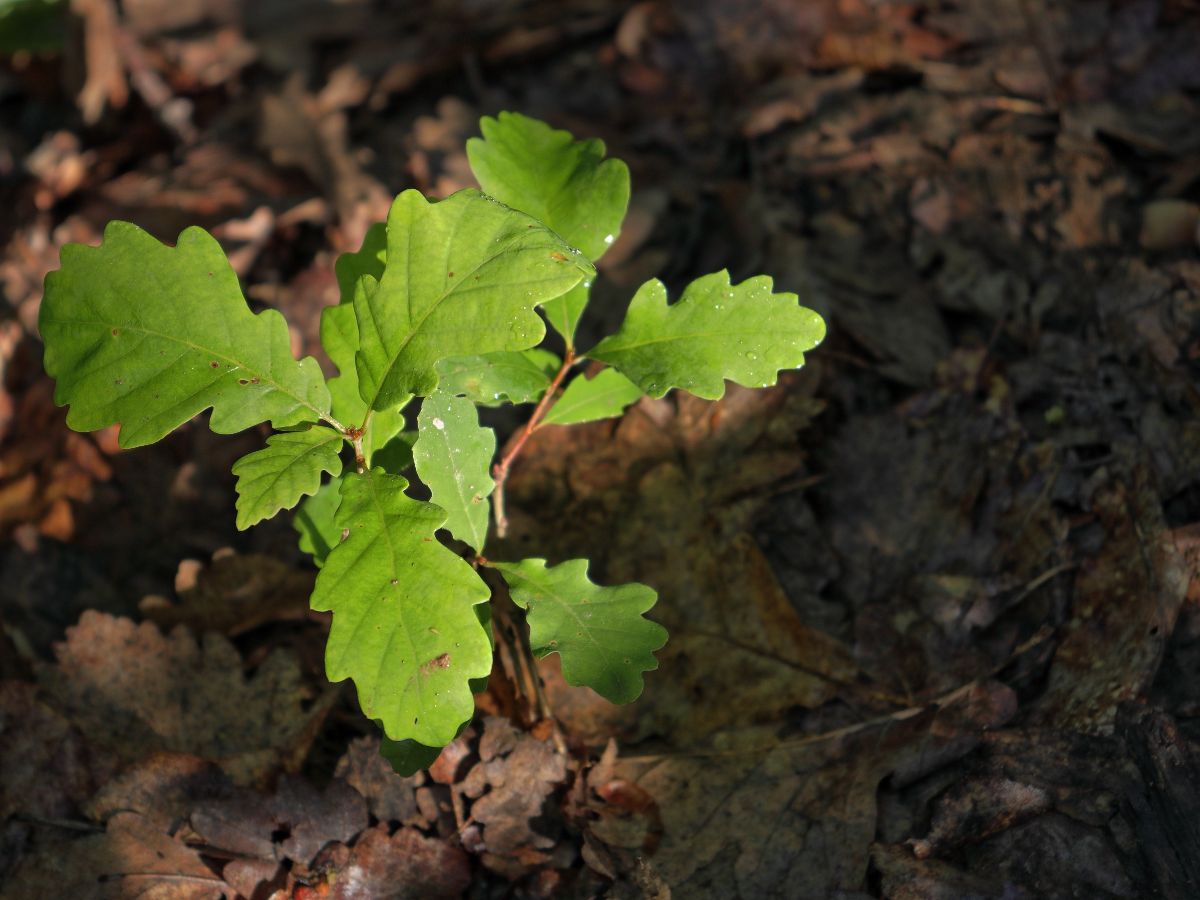
Invasive jumping worms are non-native species that can reshape ecosystems and destroy soil quality. Unlike standard earthworms, invasive jumping worms live closer to the soil’s surface, so they don’t break up and aerate compact soils the way earthworms do. Instead, invasive jumping worms produce gravely worm castings, which change the composition of soils and make soils drier and more prone to erosion.
Beyond that, invasive jumping worms also consume a lot of organic matter, including the nutrient-rich leaves on forest floors that trees depend on. This depletes soils, and it also reduces the amount of nutrients that are available to plants and beneficial microorganisms.
Over time, this can affect the growth of plants in garden beds, but it can also interfere with local ecosystems and have disastrous results for native plants and the animals that depend on them. Additionally, invasive jumping worms reproduce rapidly, too, and they can easily outproduce and outcompete established earthworm populations.
How to identify invasive jumping worms?
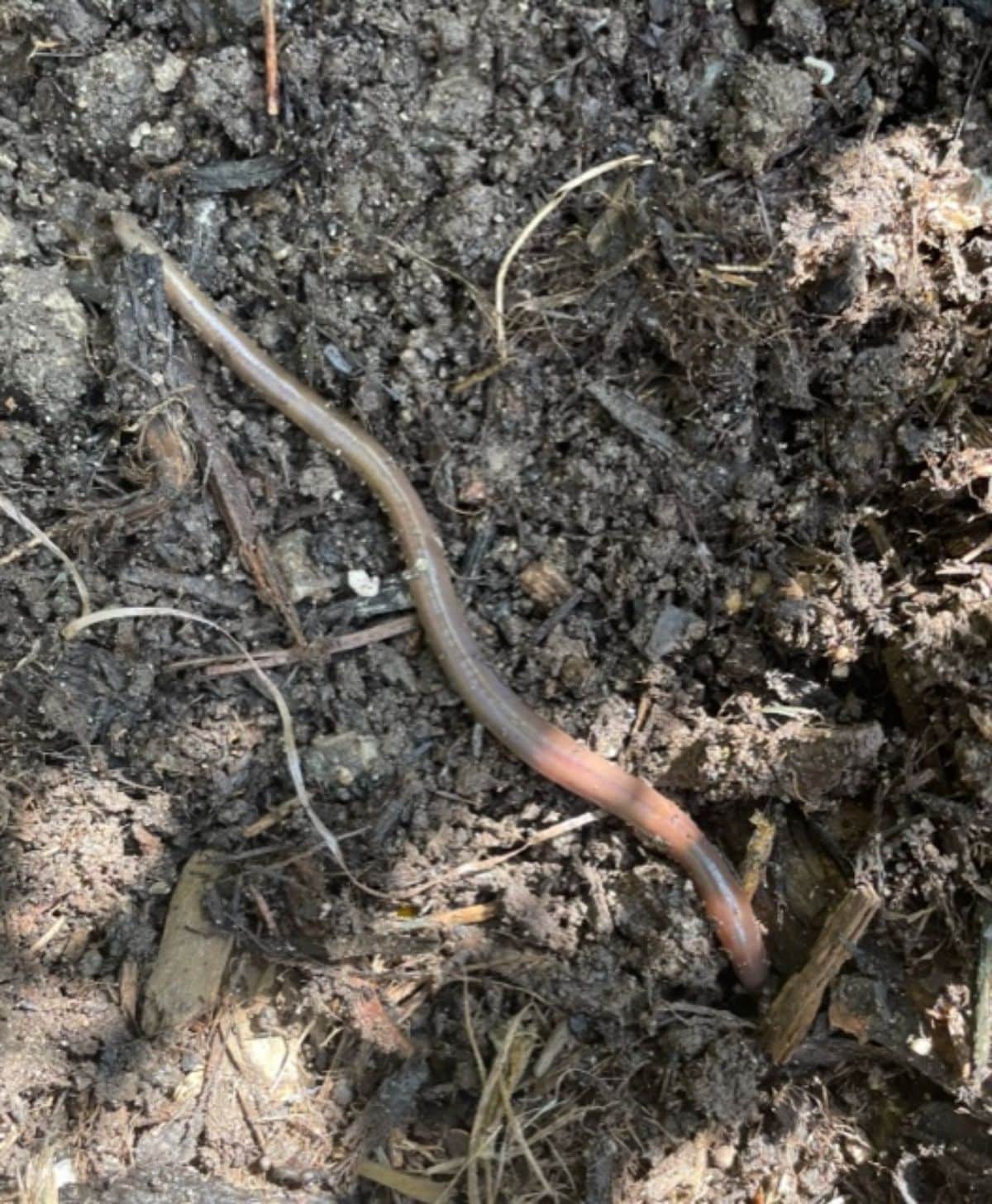
Also known as jumping worms, crazy worms, Jersey wigglers, and snake worms, invasive jumping worms look a lot like standard earthworms, so it can be difficult to identify them at first. However, upon closer inspection, you can often distinguish jumping worms from other worm species using a few key characteristics.
- Their movement. Unlike earthworms, invasive jumping worms move rapidly, and they tend to thrash about in an S-shape, much like a snake. If the worms are particularly upset, they may even drop a few segments from their tails. Earthworms, on the other hand, are slower critters, and they usually move by stretching out their heads first and then pulling their bodies along to meet them.
- Their temperament. If you try to touch a jumping worm, you’ll learn pretty quickly how these creatures got their names. They’ll flail about and literally jump off the ground to avoid you! Earthworms, however, are much quieter beasts, and they will typically curl into a ball or flatten themselves against the ground if you try to reach for them.
- Their color. Invasive jumping worms are relatively dark, and they range in color from gray and brown to a muted purple. Most often, invasive jumping worms’ bodies are smooth and not slimy, and the upper part of their bodies may be a bit darker than their undersides.
Earthworms typically have a darker head and a lighter body, but this isn’t always the case. Regular earthworms can also feel a bit slimy to the touch.
- Their band. Aside from their pattern of movement, the other most effective way to ID invasive jumping worms is by their band or clitellum, which encircles the worm’s body.
Both earthworms and invasive jumping worms have bands or clitellum; however, earthworm bands may not completely encircle their bodies. Additionally, invasive jumping worms usually have light-colored bands that contrast significantly against their body color. Earthworm bands, however, are usually about the same color as their bodies or only slightly different in tone.
- Their castings. One of the clearest ways to spot an invasive jumping worm infestation is through their castings. These worms produce dry and granular castings that look like spent coffee grounds, and they can often be seen along the soil’s surface.
How do invasive jumping worms spread?

Invasive jumping worms can arrive in your garden in the soil of nursery plants, but they can also be brought in within store-bought compost, soil, or mulch. Most often, jumping worms are spread when they’re in their cocoon stage, as worm cocoons are small and they can be easily transmitted. At times, worm cocoons can even be tracked into properties on garden tools or in run off, or they can be transported in the treads of your shoes or car tires.
On a larger scale, invasive jumping worms can also be transported in waterways and streams since these worms generally prefer moist habitats that can be prone to flooding.
Once they arrive in gardens, invasive jumping worms complete their annual lifecycle, and then they die away when temperatures drop in fall. While that sounds like good news, the trouble is that worm cocoons can overwinter in garden soils and reemerge in spring. When temperatures warm up again, worm eggs will hatch, and with global warming, invasive jumping worms can sometimes produce two full generations of worms in a single growing season.
How to prevent invasive jumping worms
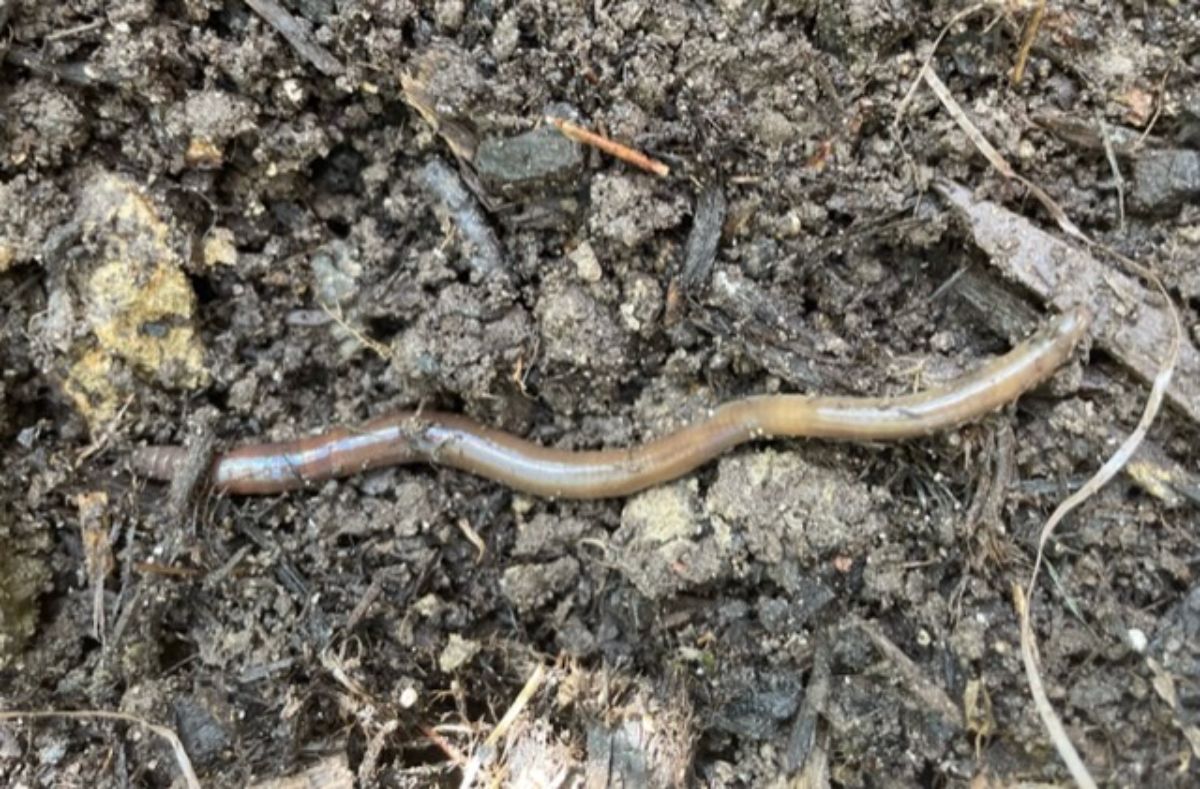
As with most garden pests and pathogens, the best way to control invasive jumping worms is to make sure they never find their way into your garden in the first place! Since worms are easily transmitted via their tiny cocoons, prevention can be tricky, but if you’re vigilant, you can help keep these troublesome worms in check. Some key tips to follow if you want to prevent invasive jumping worms from infiltrating your garden include:
1. Don’t buy invasive jumping worms for bait.

Unfortunately, even though jumping worms are widely known as a destructive and invasive worm species, these worms are still sometimes sold at bait shops, and they may be marketed as substitutes for red wigglers and nightcrawlers. If you or someone you know fishes with live worms, make sure you purchase your bait from reliable suppliers and know what types of worms you’re purchasing. If in doubt, don’t be afraid to ask the salesperson what variety of worms they’re selling!
2. Inspect new plants carefully.
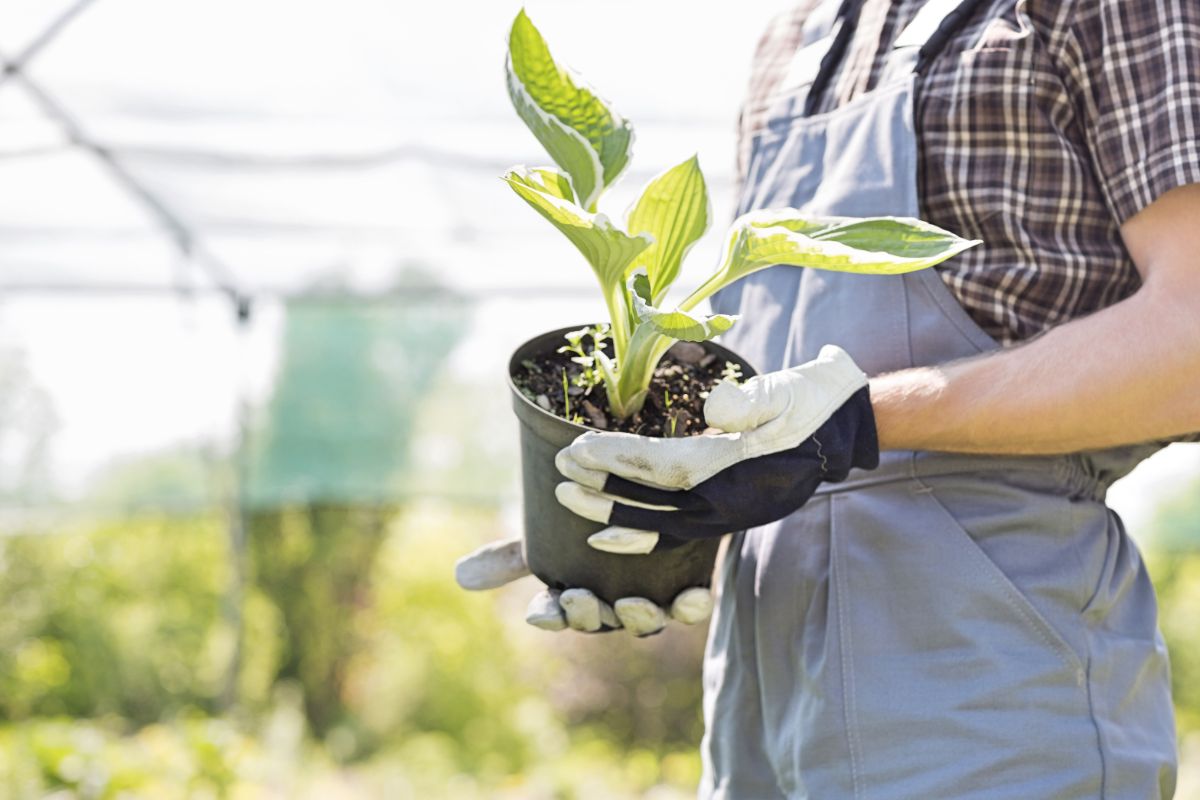
Invasive jumping worms often hitch rides into gardens within potted plant soil, so you’ll want to be vigilant about checking new plants over before adding them to your garden. While you may see the worms themselves, you may also notice the granular castings of invasive jumping worms littering the top of potting soil. If you see these signs, steer clear of the plant (and the nursery where you purchased it!)
3. Buy bare root when you can.
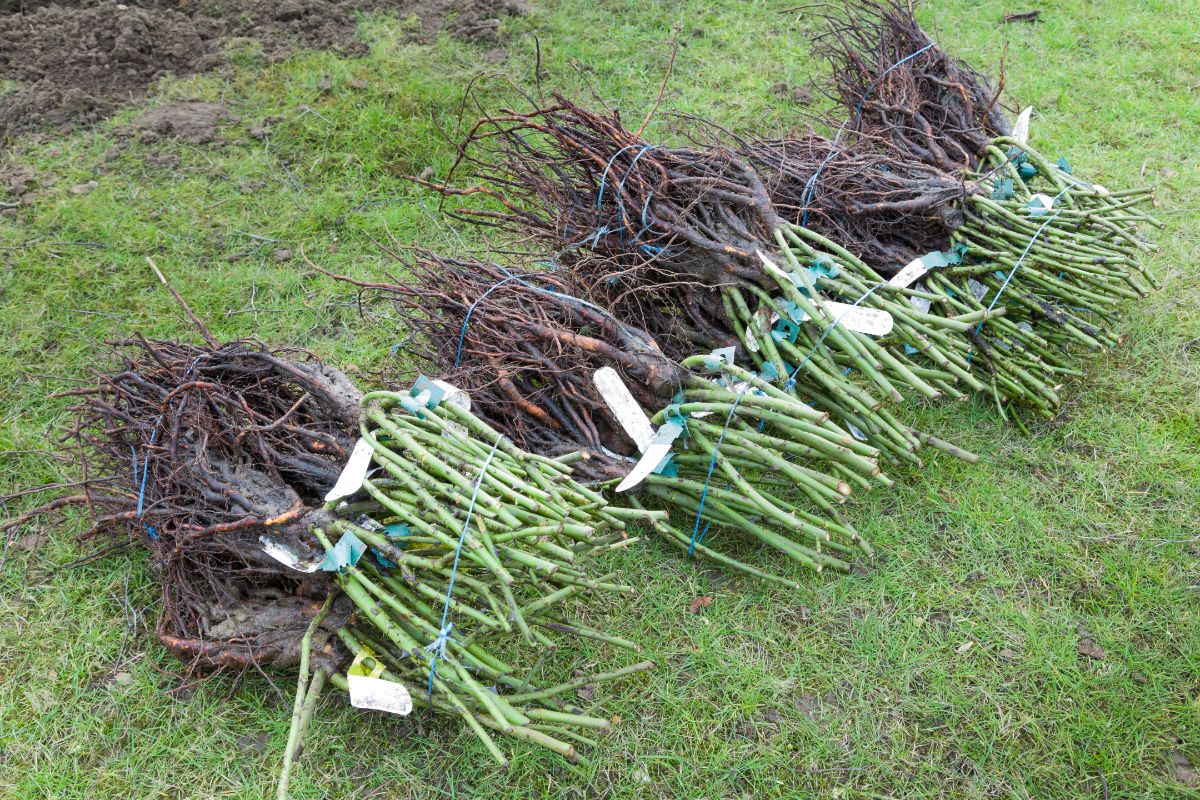
Because you can’t always see invasive jumping worms nestled deep in potting mixes, another way to limit these nasty invaders is to only purchase bare root plants. Not all plants are sold bare root, but many fruit trees and ornamental shrubs can be purchased bare root from plant nurseries or seed catalogs. And while these plants are less likely to contain invasive jumping worms, they’re also usually less expensive than potted plants, which is a win-win for you!
If bare root plants aren’t an option, you may want to grow your plant starts yourself from seed or propagate new plants with cuttings taken from your garden or your friend’s garden! Starting perennial and annual plants from seed is a great way to cut down on your garden costs and expand the variety of plants in your garden. Many common herbs, including rosemary and lavender, are very easy to propagate from stem cuttings, too, and many perennial plants can also be propagated in either soil or water.
4. Make your own mulch and compost.
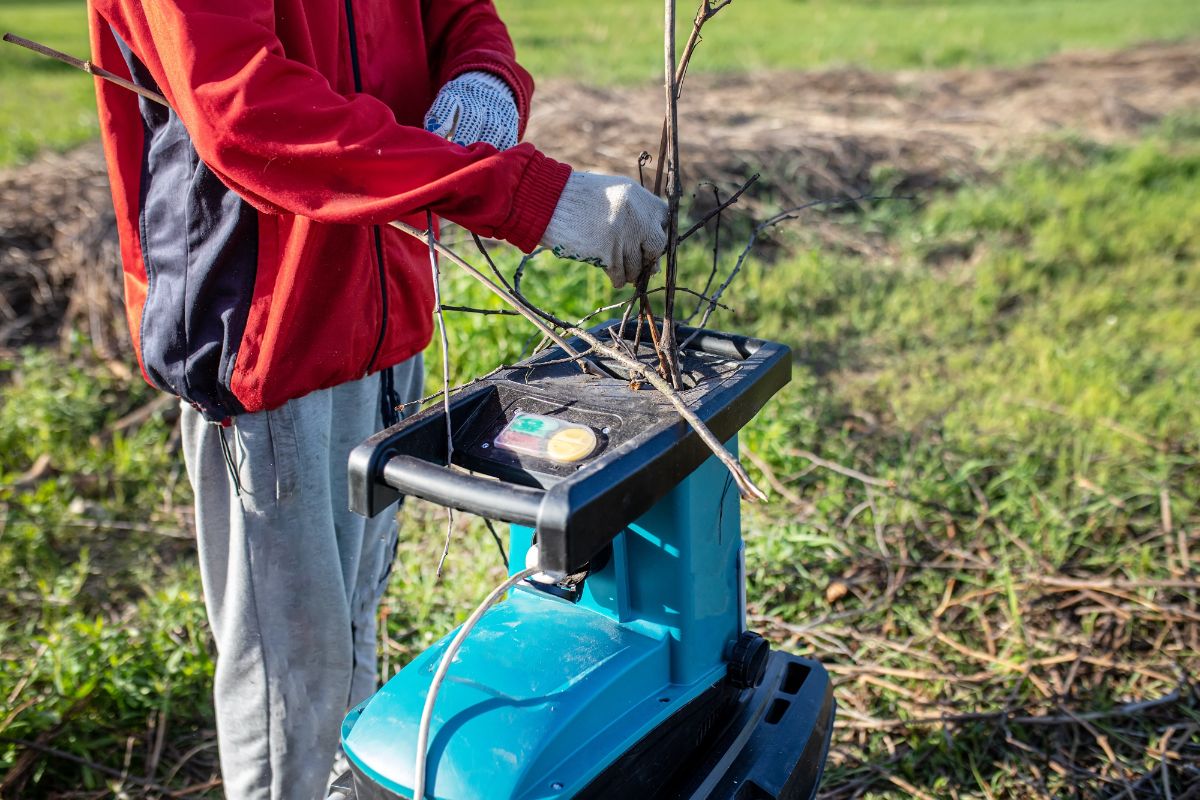
One of the major ways invasive jumping worms spread is in mulch, compost, or soil. Both bagged, and bulk garden products can potentially harbor invasive jumping worms and their cocoons, and bringing these materials into your garden can introduce invasive worms (and possibly other pests) into your garden beds.
As dreary as that is, there is an easy solution: make your own mulch and compost! With backyard composting systems, you can easily transmute loads of kitchen and yard waste into homemade compost for your garden, which is both budget-friendly and pest-free. Urban gardeners and small space growers can also try out outdoor composting methods, or they can opt for indoor composting systems like vermicomposting or Bokashi!
When it comes to mulches, one DIY option is to make your own homemade mulch with autumn leaves. Simply rake up your leaves in the fall and mulch them either with a dedicated mulcher or a mulching attachment on your lawnmower. Homemade leaf mulch is another budget-friendly garden hack, and as long as your property doesn’t have jumping worms already, you can rest easy in the knowledge that your homemade mulch will be jumping worm-free!
5. Heat treat bagged soil, compost, and mulch.
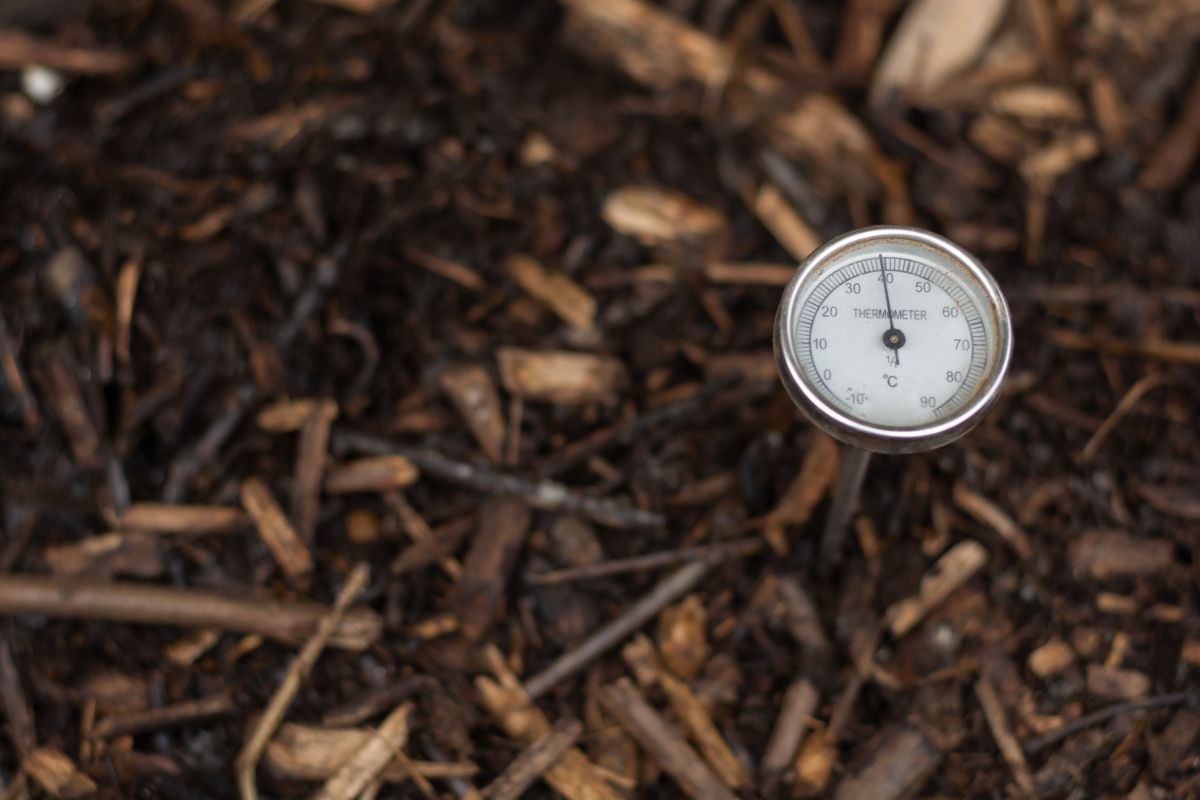
Sometimes you just need to buy soil, compost, or mulch, but if you’re worried about invasive jumping worms, there is another trick that you can try. Before adding bulk or bagged materials to your garden, try heat treating the products you’d like to use to ensure that no invasive worms or cocoons are present.
Of course, you can’t place large volumes of soil in the oven, but you can place bagged soil and other materials on your driveway during the heat of the summer. Leave the bags in place for several days and check the bag contents with a compost thermometer to make sure the contents reach at least 105°F. This temperature can kill off most plant pests, including invasive worms!
If you’re dealing with larger volumes of soil, mulch, or compost, try solarizing the materials before you add them to your garden. To solarize garden amendments, moisten the materials with your hose and then spread clear plastic sheeting over the materials you’d like to solarize during hot weather (if you can, tuck the plastic under the materials as well). Leave the plastic sheeting in place for at least 4 to 6 weeks and check the soil with a compost thermometer to make sure the temperature stays at 105°F or higher for several days.
6. Rinse off your shoes and car tires.
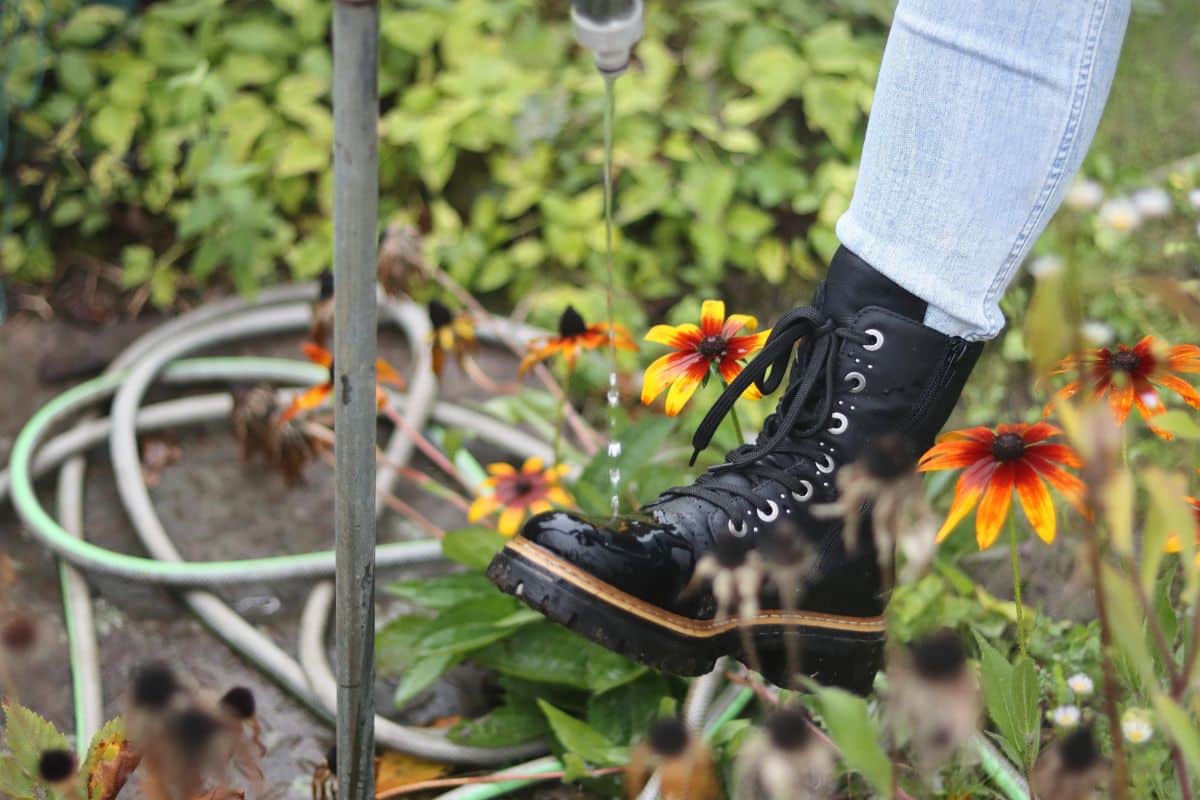
Tiny worm cocoons can be easily spread on garden tools or in the treads of your shoes or car tires. So, if you know that you’ve visited an area where invasive jumping worms are present, you’ll need to be extra careful.
Before leaving an area with invasive worms, rinse off your shoes and car tires if you can and clean garden tools with rubbing alcohol. If you’re having construction done in your lawn or garden and you’re concerned about the contractor’s equipment, consider asking your contractor to rinse off their tools and vehicle wheels before they arrive on your property.
7. Buy plants and garden products from reliable suppliers.

Another solid way to avoid invasive jumping worms is to purchase only plants from reliable suppliers. If you have a plant nursery that you love to go to and they tend to grow plants locally, that’s usually a good place to purchase products from. On the other hand, if you’re on the fence about buying a potted plant from an unknown online nursery, you may want to skip it and purchase plants from your local plant shop instead.
That said, invasive worms can spread easily, and they crop up in new places all the time. So it’s important to stay on top of your local news in case any local nurseries that you frequent come down with a bad case of invasive jumping worms!
How to remove invasive jumping worms
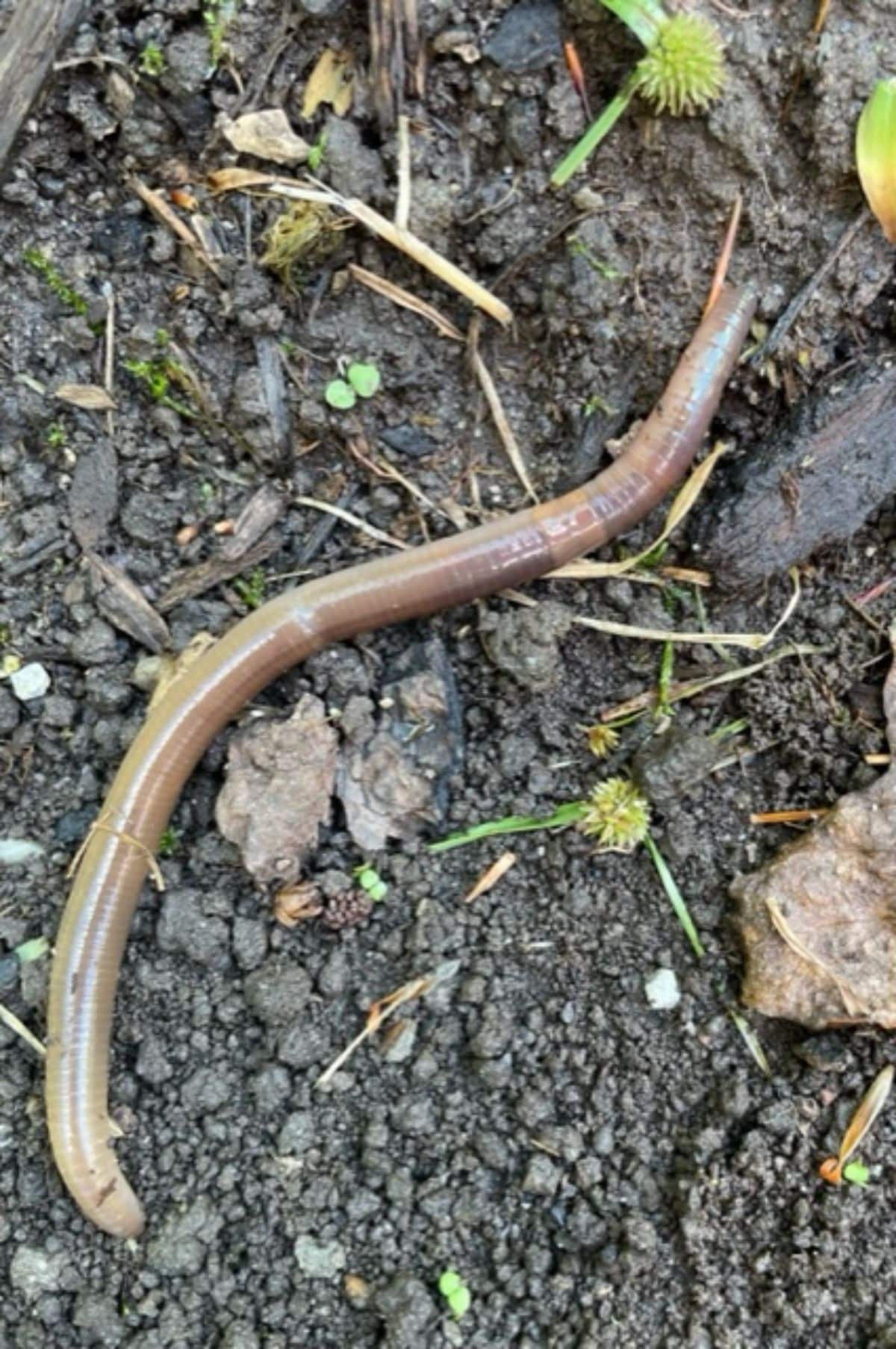
Currently, there are no chemical methods for invasive jumping worm removal, and it’s advised not to use random pesticides on invasive worms as these products may not do any good, and they can harm other insects and pollinators. As a result, it’s essential that we do all we can to limit the spread of invasive jumping worms using the pest prevention tips above. However, if invasive jumping worms do find their way into your garden or potted plants, there are a few key steps to take.
1. Handpick worms.
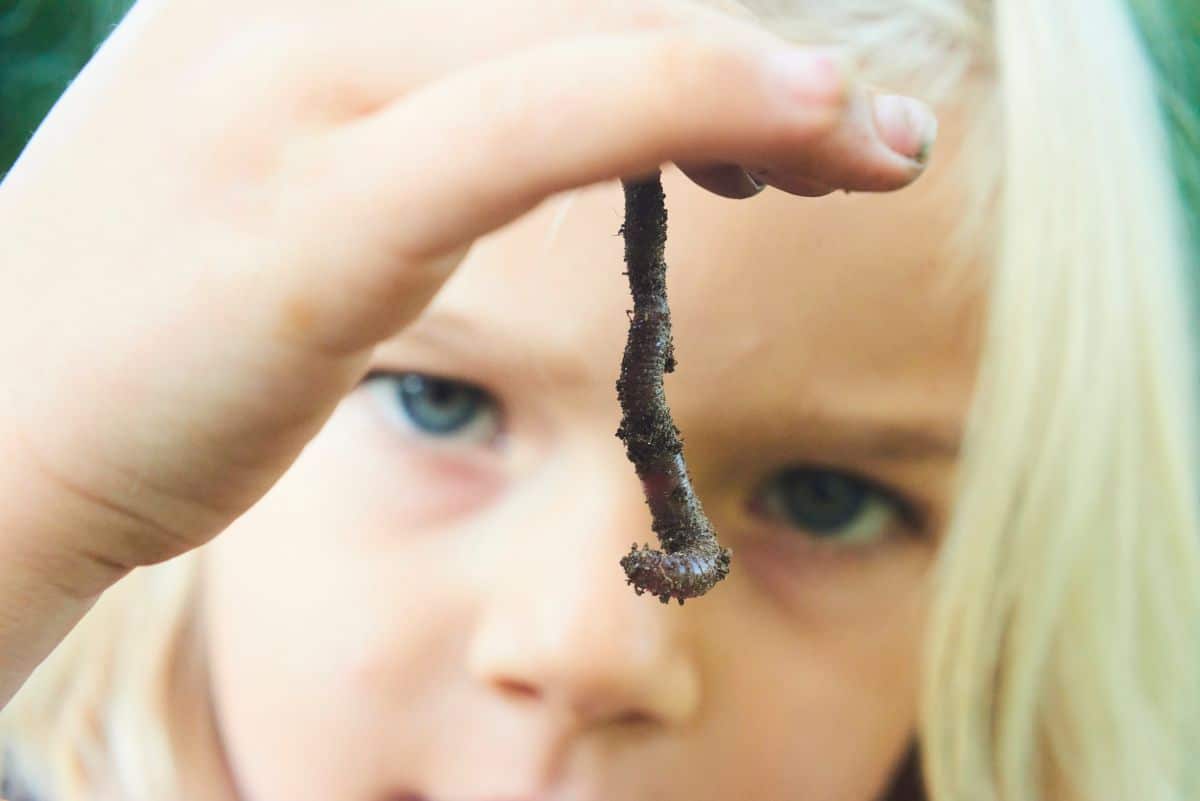
The single best way to get rid of invasive jumping worms is by hand-picking them out of your garden soil or growing containers. While this may seem like a hassle, it is an effective way to limit the spread of these pests, and it’s chemical-free.
When handpicking invasive worms, gather the worms you find in a bucket and then cover them with rubbing alcohol or distilled white vinegar. You can also bag worms in airtight baggies and toss them in the trash, although there is the potential that baggies can get torn in the trash and allow pest worms to escape.
If you receive a load of contaminated soil and can’t return it, you can spread it across a paved section of your driveway or on tarps and handpick any worms you see. Spreading the soil, mulch, or compost out can also expose any worms to potential predators, which will happily gobble up these invasive pests for you, but don’t spread the soil near your garden until it’s decontaminated!
While handpicking is a great way to control adult worms, it won’t do anything for worm cocoons. For this reason, you’ll want to be vigilant and hand-pick worms at regular intervals throughout the growing season if you’re dealing with a large infestation. Checking your garden or plant pots immediately after a heavy rain is usually wise, as worms are often easier to spot at this time.
2. Try mustard.
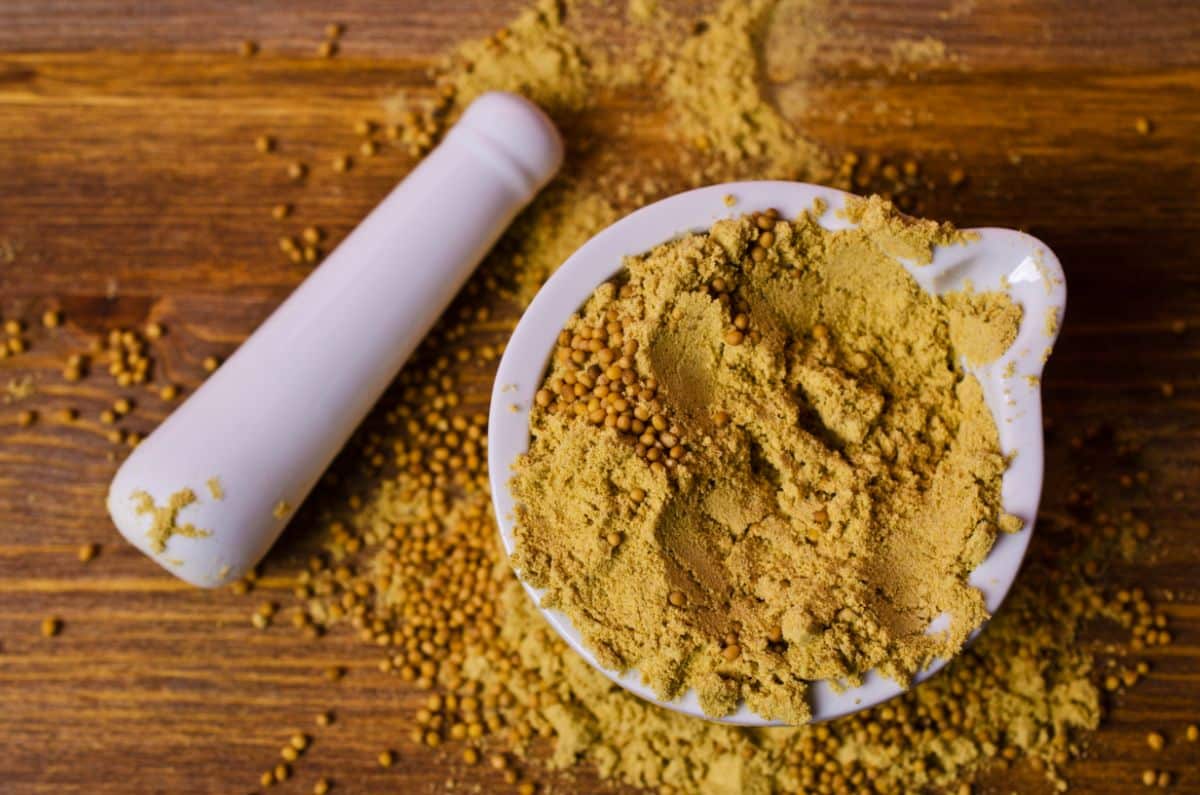
Mustard may not seem like an obvious choice for pest removal, but it can be helpful for identifying whether or not you have an invasive worm problem. This technique can also be used to eradicate small infestations of invasive jumping worms; however, mustard isn’t ideal for larger infestations since you’ll just need too much mustard to cover much soil space.
When mustard is spread across garden soils, it acts as an irritant on worms, and it will cause the worms to crawl to the soil’s surface. Both earthworms and invasive jumping worms may surface using this pest removal method; however, you can pick out the invasive worms and leave the earthworms behind. Mustard treatments won’t harm your soil or plants, and it won’t kill the worms either, but you can drop any worms you find into a bucket of rubbing alcohol or vinegar after you pull them free from the soil.
If you’d like to use a mustard treatment for invasive worm control, simply mix ⅓ of a cup of dried and powdered hot yellow mustard seed (such as a fiery Asian mustard) into 1 gallon of water. Give the mixture a good stir and then pour it over 1 square foot of soil space and wait for the worms to surface. You can, of course, repeat this treatment to cover more ground, but the cost of the mustard powder may be prohibitive for treating larger spaces.
3. Experiment with soil solarization.
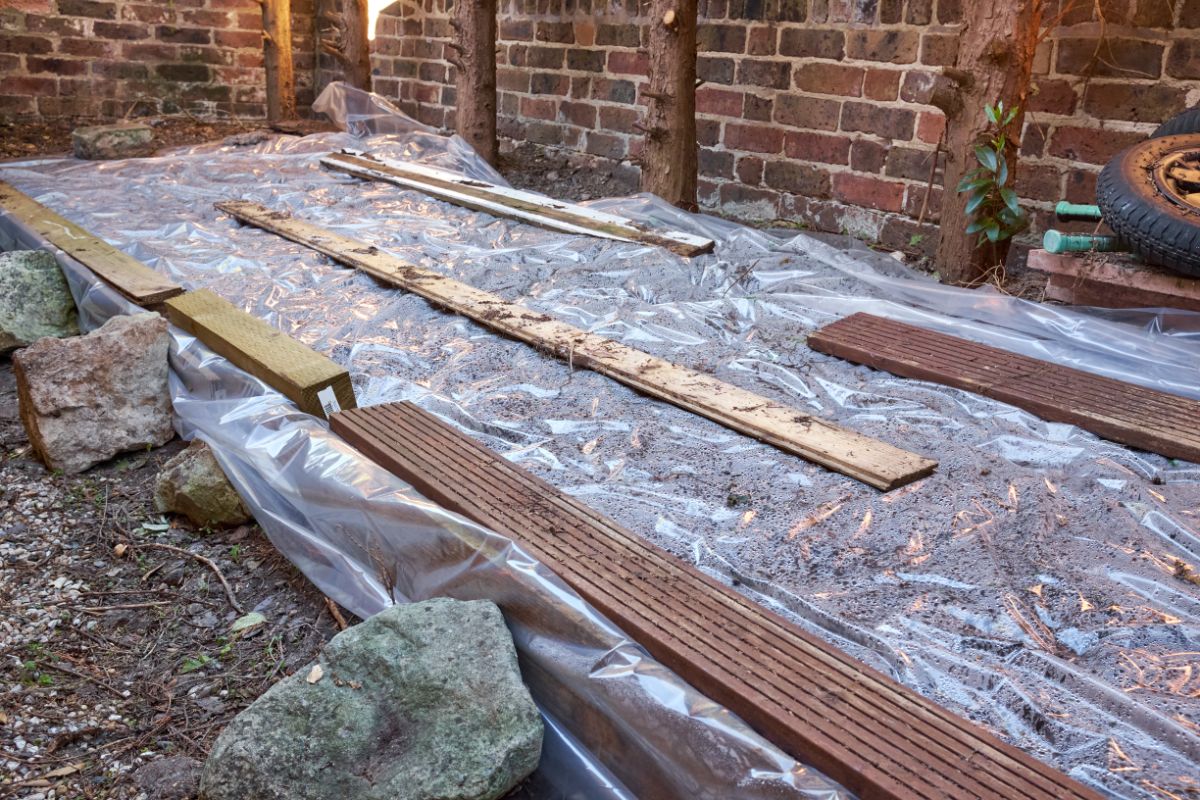
Soil solarization can essentially cook garden pests in the soil, and it can be useful for eradicating invasive jumping worms. However, when it comes to invasive jumping worms, soil solarization works best with potted plants, bagged soil, or new deliveries of soil spread on your driveway. Solarization can also be used on inground garden beds, although there is a risk that worms may migrate to other sections of your garden to escape the heat of soil solarization.
If you’d like to try solarizing your garden, moisten the soil with your hose, spread clear plastic sheeting over your garden beds, and anchor it with landscape staples. Leave the sheeting in place for several weeks during the summer heat and make sure the soil temperatures reach at least 105°F for several days.
Since worm cocoons don’t move around, this method may be useful for killing off worm eggs, but adult worms may migrate elsewhere. To increase the chances that solarization will be effective, spread the clear plastic out as far as possible, making sure to extend its edges beyond the garden bed you’d like to treat. Also, keep in mind that heat produced during soil solarization can kill off plant roots, so you may not want to use this tactic on garden beds where plants are actively growing.
4. Spread the word.

Invasive jumping worms are definitely a problem that every gardener should be aware of. Understanding how to spot and control worms is one step towards preventing their spread, but let other gardeners know about these pests so they can be active about removing them as well.
Also, if you happen to spot invasive jumping worms in your area, be sure to report your findings to your local cooperative extension office or other farm or agricultural institution. If the worms you’re finding came from a local plant nursery, reporting these findings can help others stay on top of potential infestations and limit their spread.
Frequently asked questions
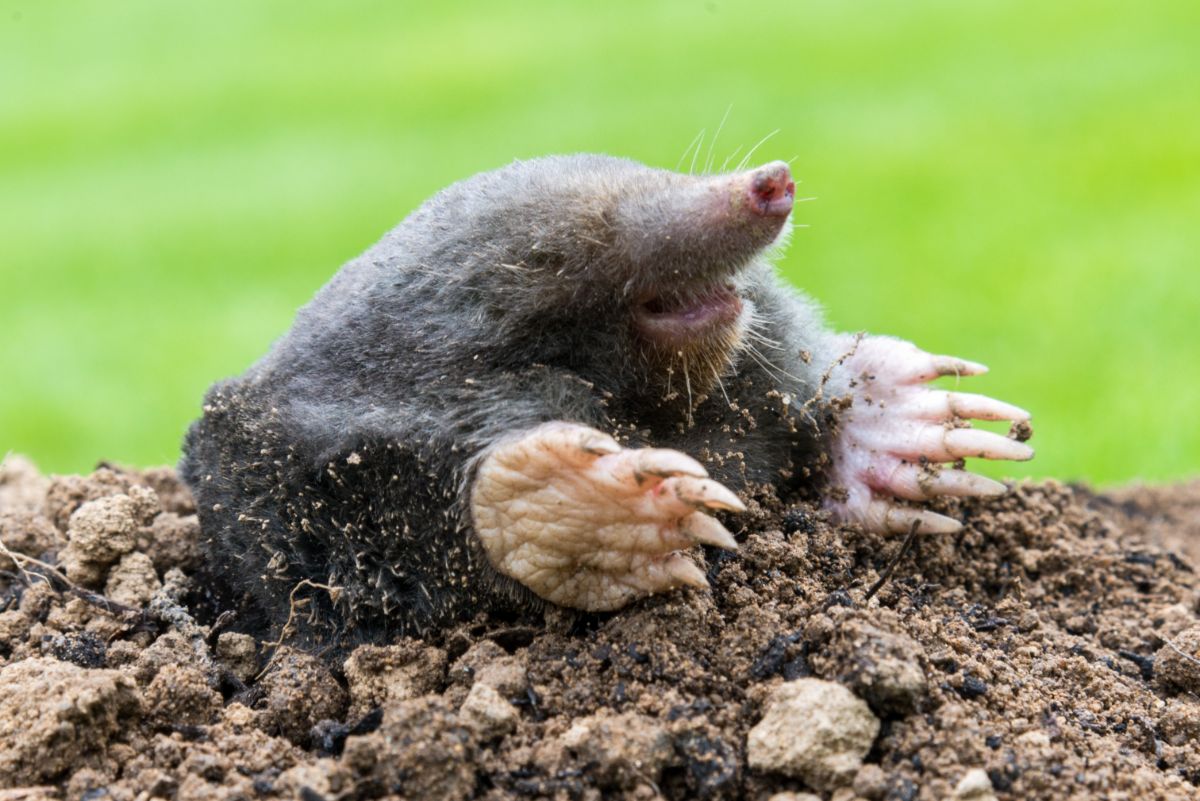
Invasive jumping worms are toxic to birds, amphibians, and other worms, and they shouldn’t be fed to wild birds or backyard chickens. That said, opossums, moles, and raccoons will gobble up these nuisance pests!
Yes, invasive jumping worms are toxic to birds and other worms too, so they should not be intentionally fed to wild birds.
Extended temperatures above 105°F can kill both invasive jumping worms and their eggs. Solarizing your soil or allowing bagged soil to heat in the sun can be a useful way to exterminate these pests. To make sure your soil reaches a hot enough temperature, consider investing in a soil thermometer.
No. Unlike earthworms, jumping worms actually degrade soil quality over time and deplete the nutrients that plants need to grow. These worms are also toxic to other worm species, and they can cause a whole host of other issues, such as soil erosion and increased soil runoff.
Yes! If you spot invasive jumping worms, contact your local cooperative extension office or other agricultural authority to let them know. These organizations can issue an alert for your area, and they may be able to trace jumping worms to particular plant nurseries so that the spread of these pests can be reduced.
Invasive jumping worms only live for about a year, and they will die away when temperatures drop in fall. However, these worms do lay eggs, which can survive cold temperatures and reemerge in garden beds in spring.
Summary
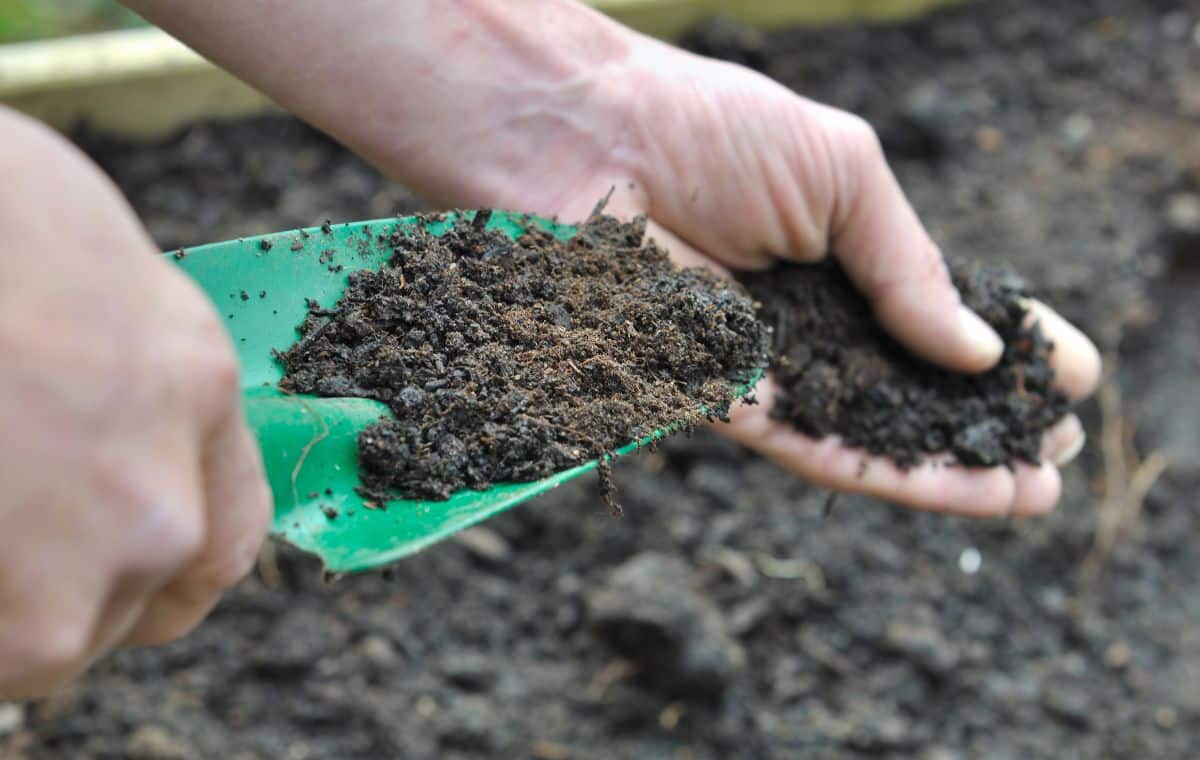
Invasive jumping worms are increasingly becoming a problem, and they’re spreading to new areas where they’ve never been before. Part of that has to do with climate change, and part of the spread is caused by how interconnected our society is today. However, while jumping worms are definitely a problem worth paying attention to, if these pests invade your garden, you can eradicate them without chemicals.
The best way to prevent jumping worm problems is to grow your own plants and make your own soil amendments, but sometimes that’s not always possible. If you’re heading to your local plant nursery, make sure you take the proper safety precautions, and you’ll reduce the chances that you’ll ever have to deal with troublesome invasive worms in your garden!
If you enjoyed this article and would like to learn more about controlling invasive species naturally without pesticides or herbicides, check out our guide on the most common invasive plants to avoid in your garden.

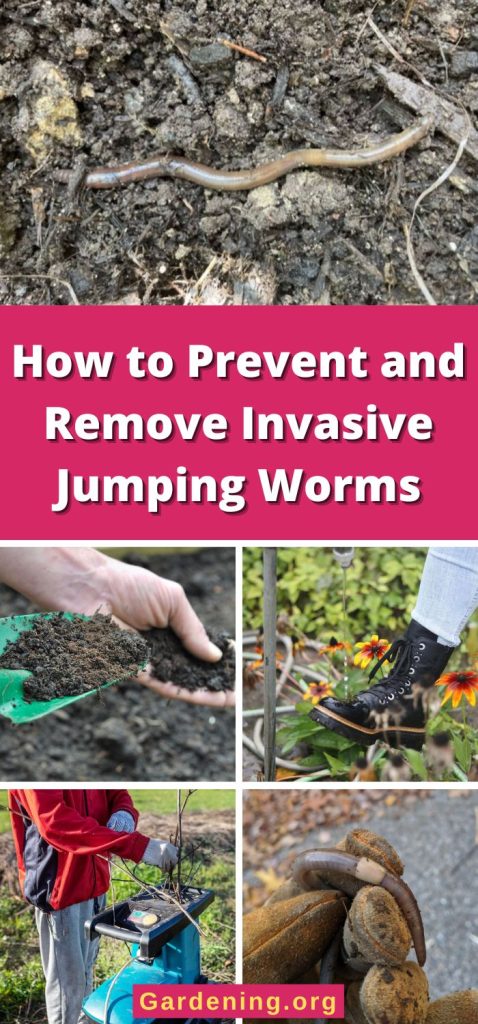
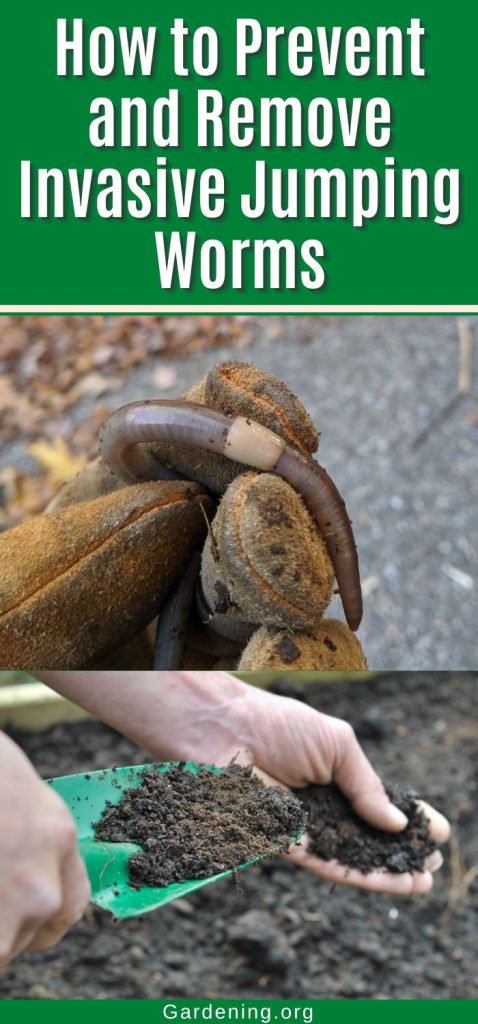
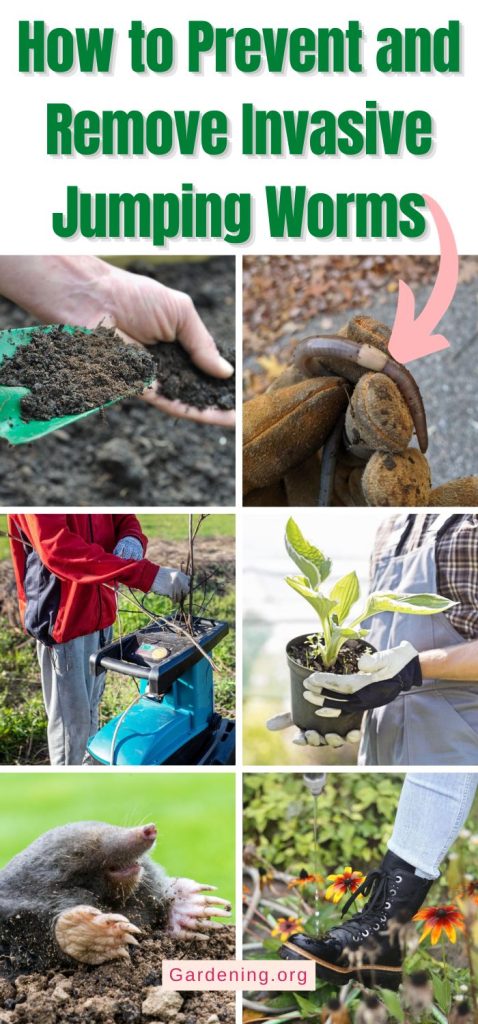
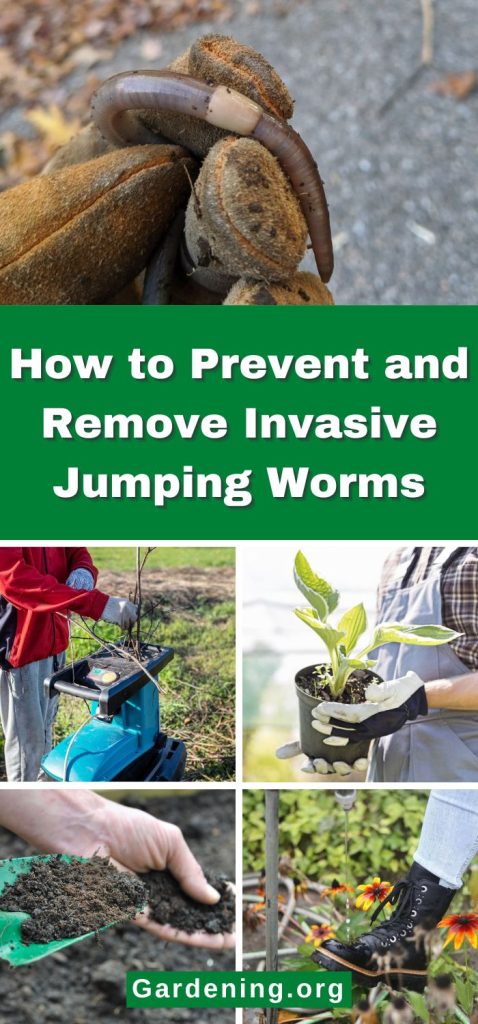

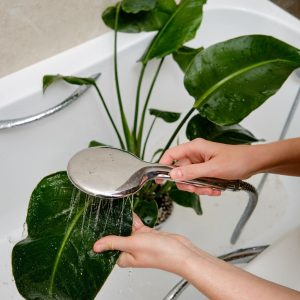

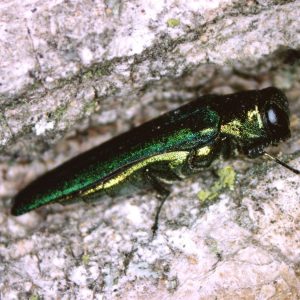
Leave a Reply